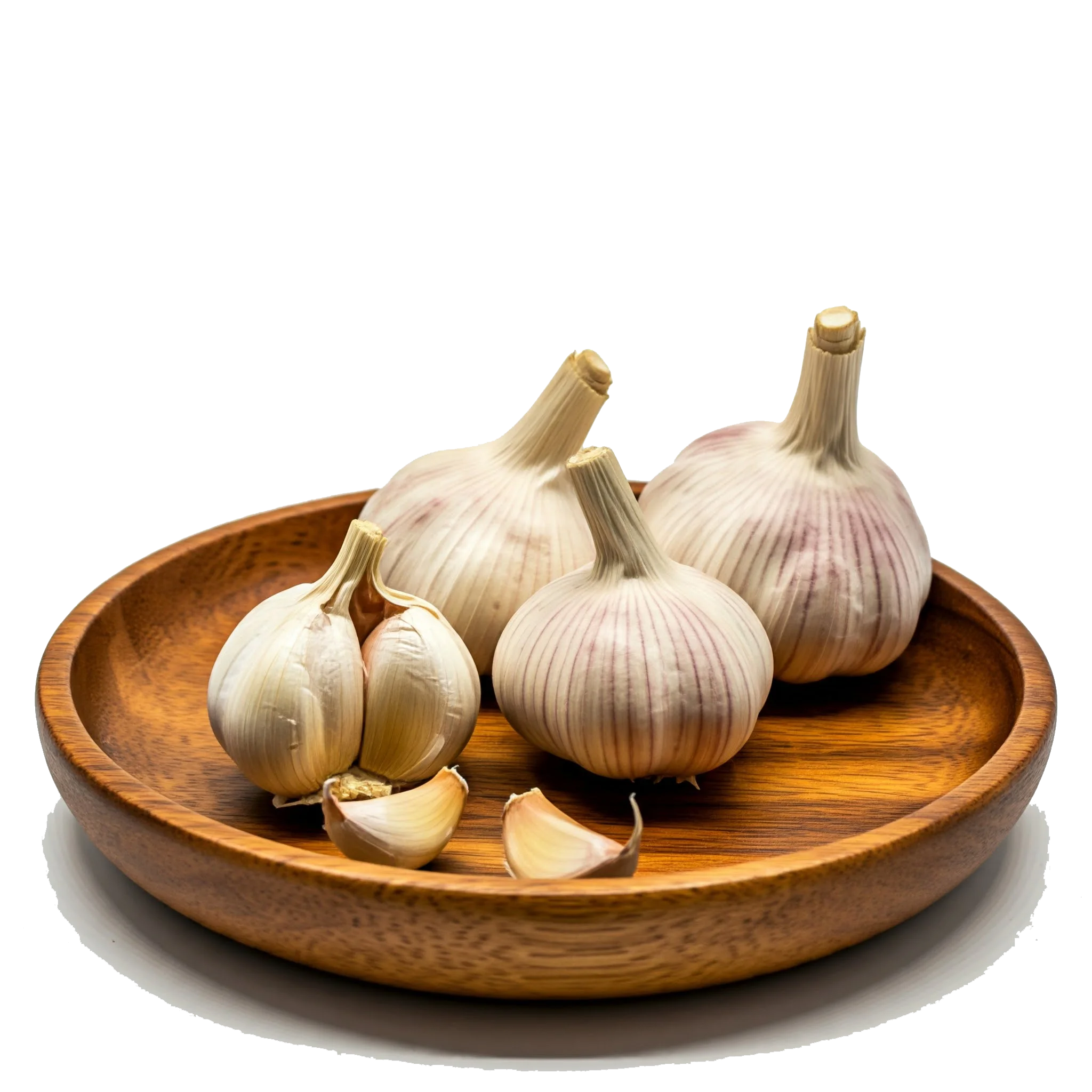

Top Health Benefits of Bean & Noodle Stew You Need to Know
This traditional noodle and bean stew is a highly nutritious dish, offering a balanced blend of proteins, carbohydrates, and dietary fiber. The beans are an excellent source of plant-based protein, complex carbohydrates, iron, magnesium, and folate, supporting muscle repair, energy metabolism, and heart health. The meat, usually lamb or beef, adds essential amino acids, iron, and vitamin B12, which are vital for red blood cell production and brain function. The noodles contribute to the carbohydrate content, providing energy, while the onions and tomatoes used in the base offer antioxidants like quercetin and lycopene. This dish is also rich in fiber, which aids digestion and helps regulate blood sugar levels. The use of spices such as turmeric not only enhances the flavor but also adds anti-inflammatory properties. Overall, this hearty stew is not only satisfying but also supportive of a well-rounded, nutrient-dense diet.
 pinto beans : 1 Cup
pinto beans : 1 Cup bone or minced meat /
Beef Brisket : 250 g
bone or minced meat /
Beef Brisket : 250 g Rice Noodles : 150 g
Rice Noodles : 150 g Onion : 1 Piece
Onion : 1 Piece Tomato Paste : 1 Tablespoon
Tomato Paste : 1 Tablespoon turmeric : 1/2 Teaspoon
turmeric : 1/2 Teaspoon black pepper : to taste
black pepper : to taste Salt : as needed
Salt : as needed Cooking Oil : 4 Tablespoon
Cooking Oil : 4 Tablespoon Water : 6 Cup
Water : 6 Cup Garlic : 2 clove
Garlic : 2 cloveRecipe :
For 4 people
Enjoy this hearty and traditional Persian stew packed with flavor and comfort!
When preparing this dish, it's crucial to soak the beans overnight to reduce cooking time and enhance digestibility by reducing the compounds that cause bloating. The meat should be seared properly with onions and turmeric to develop a deep, rich flavor base before adding water and simmering. Patience is key—slow cooking allows the flavors to meld and ensures both the beans and meat become tender and flavorful. Adding salt only after the beans have softened is important, as early salting can toughen legumes. The noodles should be added toward the end of cooking to prevent them from becoming overly soft or disintegrating. It's also advisable to occasionally stir gently once the noodles are in, to prevent sticking or burning. For added depth, some variations include a touch of cinnamon or dried lime. Overall, attention to timing and layering of flavors is vital for achieving the authentic, comforting taste this dish is known for.

While this dish is highly nutritious, it may not be suitable for all dietary needs. For individuals following a vegetarian or vegan diet, the meat can be omitted and replaced with additional legumes or tofu to maintain protein content. Those on low-carb or ketogenic diets may find the noodles and beans too high in carbohydrates. People with kidney issues should moderate bean consumption due to their phosphorus and potassium levels. Additionally, those with gluten intolerance or celiac disease must substitute the noodles with gluten-free versions like rice noodles or chickpea pasta. For heart-healthy diets, using lean cuts of meat and limiting added salt can make the dish more suitable. It is also naturally high in fiber and plant protein, making it a good choice for diabetic or weight management plans, provided portion sizes are controlled. Overall, with minor adjustments, this traditional stew can be adapted to meet a variety of dietary preferences and restrictions.
...